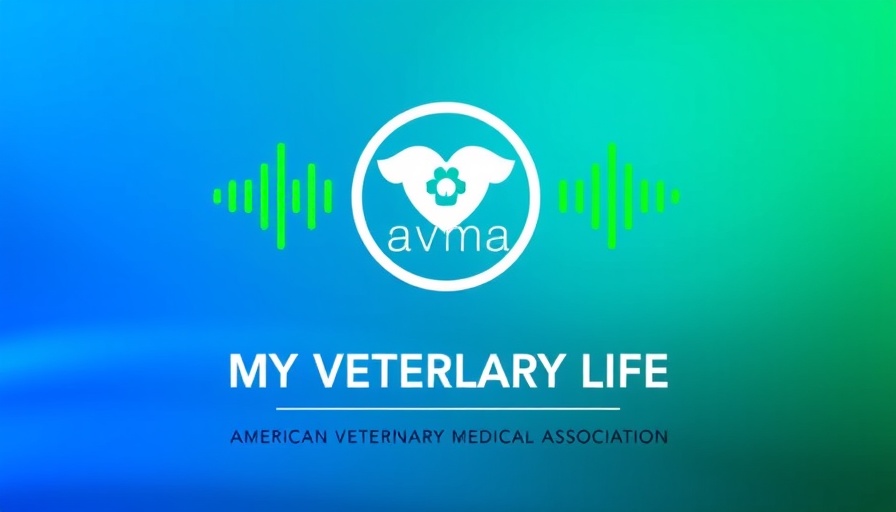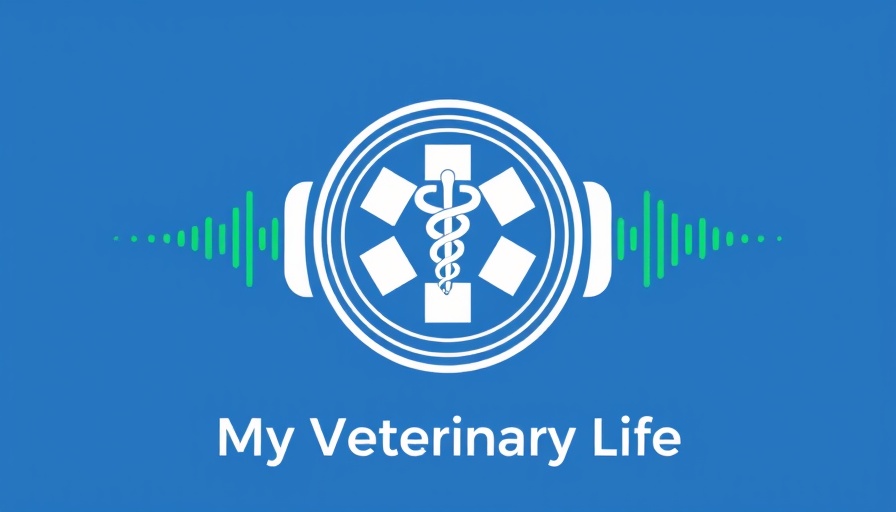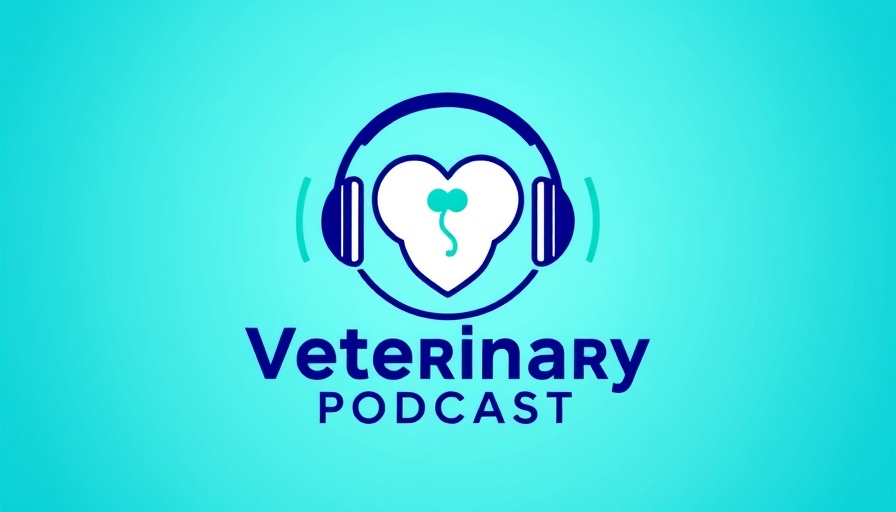
Understanding Chute Injuries in Production Medicine
Chute injuries in livestock production are a significant concern for both animal welfare and the financial implications they pose to farms. In addition to causing pain and distress to the animals, these incidents can lead to costly veterinary interventions and insurance claims. Understanding how to navigate these claims is crucial for pet healthcare professionals and trainers alike.
The Landscape of Common Production Medicine Claims
As veterinarians and pet healthcare professionals encounter various challenges in production medicine, it's essential to discern the most common claims related to chute injuries. These might include fractures, lacerations, and other trauma resulting from mismanagement during handling. According to veterinary experts, effective training in chute handling can significantly reduce the frequency of these claims.
Emphasizing Safety in Training Programs
Pet owners and trainers alike play a pivotal role in ensuring the safe handling of animals, particularly when they are stressed or in pain. Implementing rigorous training programs for staff, as well as educating pet owners on the importance of proper techniques, can mitigate risks. Utilization of advanced technology, like automated chutes equipped with safety sensors, is helping to revolutionize safe handling practices, emphasizing the importance of tech and innovation in animal husbandry.
The Role of Mental Health Awareness in Animal Care
Understanding the mental state of animals is as vital as addressing physical injuries. High-stress settings can lead to behavioral issues that may result in more injuries. Thus, encouraging veterinary professionals to incorporate mental health strategies can create a holistic approach to animal welfare that not only addresses physical health but also emotional well-being.
Real-life Anecdotes: Lessons Learned
Consider the story of a trainer whose beloved rescue dog suffered a serious chute injury. This incident prompted a complete overhaul of their training protocols, emphasizing safety as a priority. Through community discussions and active involvement with local shelters and rescuers, trainers can share vital experiences and best practices that can resonate with and educate others in the field.
Practical Tips for Preventing Chute Injuries
- Regular Training: Hold regular training sessions on the proper technique for using chutes.
- Behavior Monitoring: Keep an eye on animals' stress levels and intervene when necessary.
- Advance Preparation: Ensure that all equipment is inspected regularly to prevent malfunctions.
- Community Engagement: Connect with local shelters and rescues to share knowledge and best practices.
- Innovative Tools: Research and invest in smart chutes that can predict and mitigate potential injuries.
Navigating the Claims Process
Understanding the claims process can be daunting for veterinarians and pet healthcare professionals. Knowledge of the necessary documentation and procedures is vital. Additionally, tapping into industry resources and discussing claims strategies with experienced colleagues can lead to more successful outcomes.
Call to Action: Protecting Our Animals
With the intricate interplay of technology, best practices, and community engagement, we can significantly reduce the occurrence of chute injuries in cattle and other production animals. Let's join hands—trainers, veterinarians, retailers, and rescues—to implement effective strategies to protect our animals and ensure their well-being. Share your experiences, learn from each other, and advocate for safety in animal husbandry!
 Add Row
Add Row  Add
Add 


Write A Comment